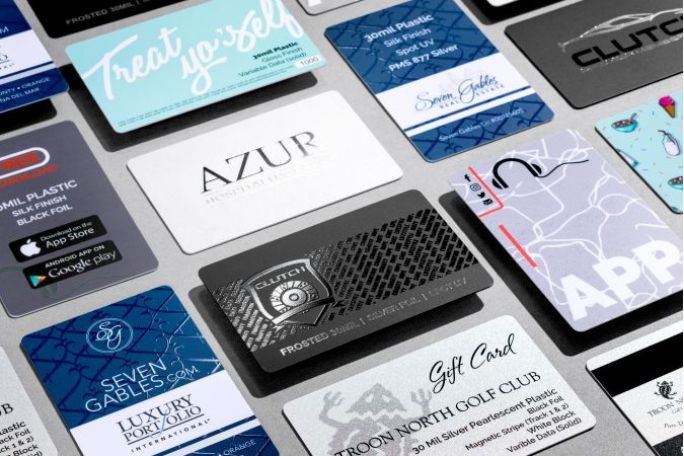Designing the perfect business card comes down to choosing the right details. Font is one of the most important aspects because that’s what the recipient will read and refer to later when they need your information. That means choosing the right font is crucial to creating a memorable business card. Keep reading to learn about five types of fonts to consider for your business cards so that they’ll stand out from the competition.
1. Serif Typeface
There are five types of typefaces and serif is one of the most popular, especially for business cards. While you don’t want your business card to look like everyone else’s, there’s a reason so many people love this typeface. It’s easy to read but has a decorative stroke that makes it look formal, which is great for businesses that want to keep their cards serious. Some examples of serif typeface are Times New Roman, Georgia, and Garamond.
2. Sans Serif Typeface
The other popular typeface is sans serif. Sans serif is a slightly more casual version of serif and doesn’t have the same decorative strokes, making it perfect for those who are trying to make their cards look minimalistic. If you want a combination of both, serif makes a great header while sans serif makes a great body. Some examples of sans serif typeface are Helvetica, Arial, and Futura.
3. Display Typeface
Display typeface is true to its name. It’s meant for signs and larger displays. For those hoping to include their logo on their business cards, though, display typeface is a great choice. Using the same font from the logo on your sign will make it more memorable to recipients and recognizable if they’re ever driving past your place of business. Some examples of display typeface are Highway Gothic, Transport, and Clearview.
4. Script Typeface
Script is just another name for cursive fonts, which adds detail to your cards. Cursive fonts look like they’re handwritten. Even though recipients will probably know you didn’t handwrite all your business cards, the extra attention to detail shows them how much you care about your business. Many famous brands also use script typeface, which will make your business look more impressive. Some examples of script typeface are Monarda, Hope Sans, and Tahu.
5. Monospaced Typeface
A monospaced typeface looks like classic typewriter font because each letter takes up the same amount of space, hence the name. This typeface is popular in specific industries, like the movie industry, as well as in technical manuals. If these industries relate to your business, you should consider using this typeface on your cards. Some examples of monospaced typeface are Courier, Monaco, and Consolas.
The five types of fonts to consider for your business cards are serif, sans serif, display, script, and monospaced. With our custom-made business cards, you can use any of these fonts or a combination of them to make your business stand out from the competition.

